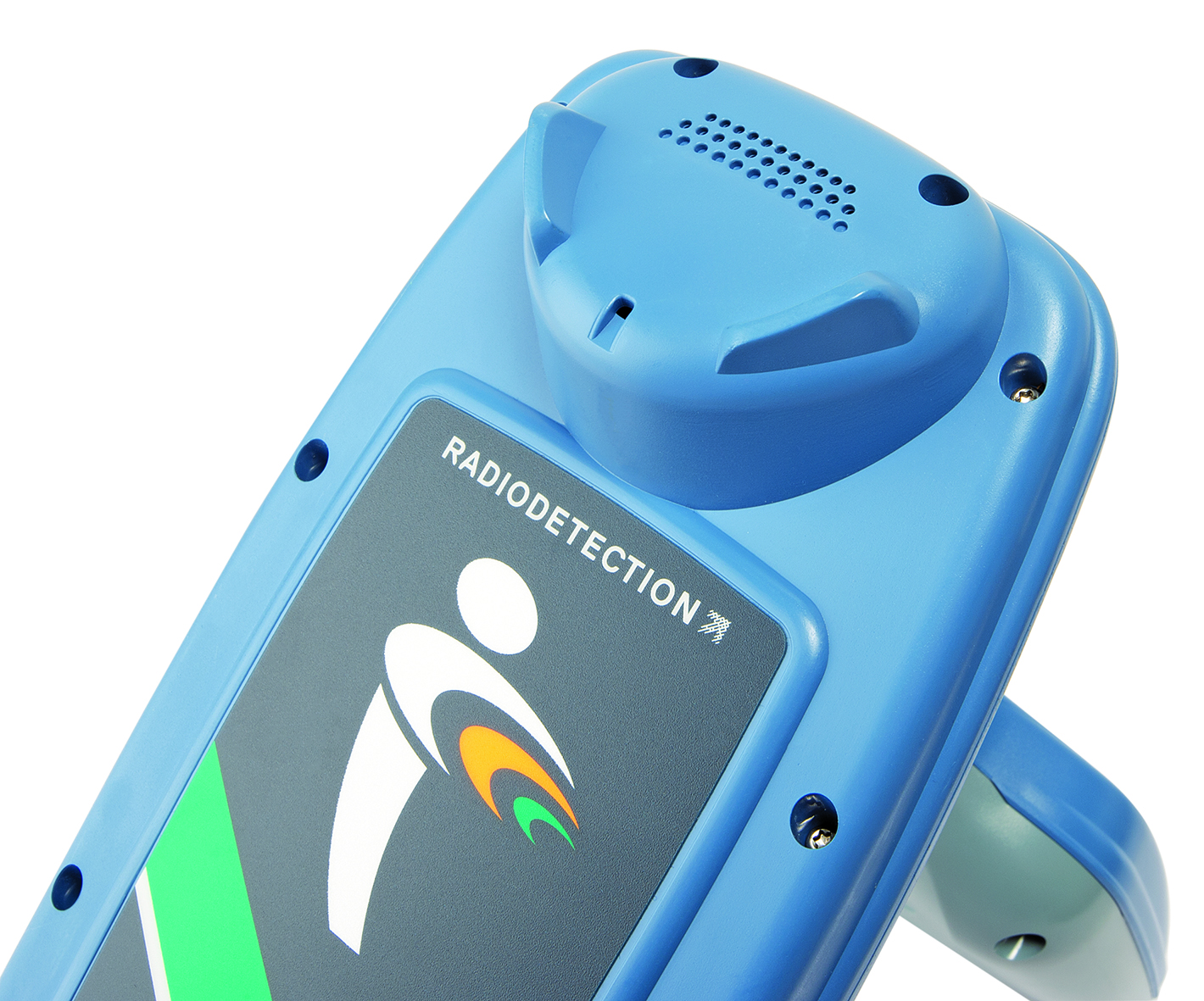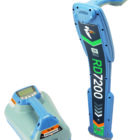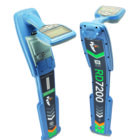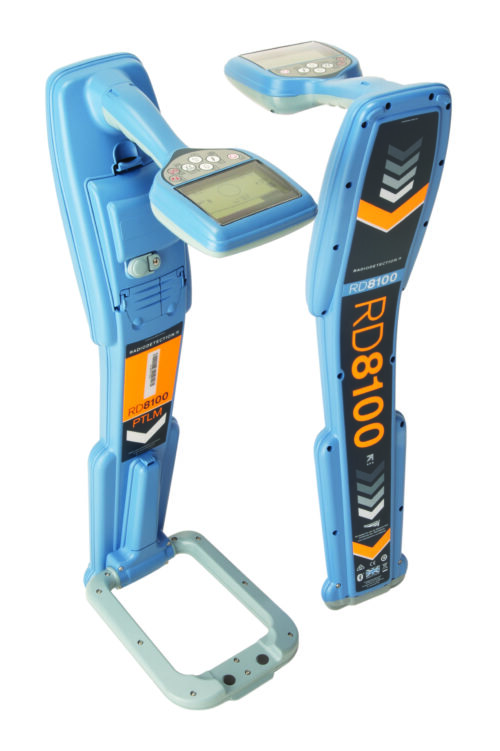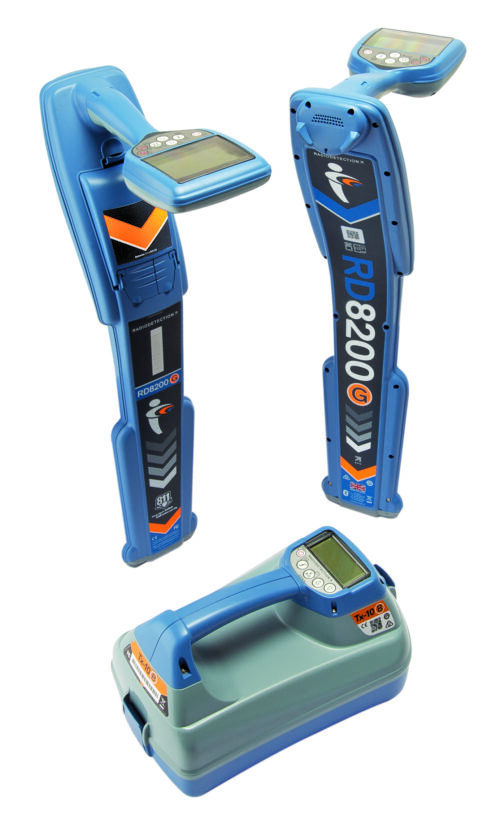Description
RD7200 Cable in Uzbekistan, Tashkent
Locate and mark underground utilities quickly, accurately and safely.
The new RD7200 is a no-compromise, all-in-one industrial locator designed for accurate and efficient everyday use.
The RD7200 is a utility locator manufactured by Radiodetection, designed for accurately locating underground utilities such as cables and pipes. While the RD7200 itself does not have a specific “cable and piping arrangement,” it is used in conjunction with various accessories and attachments to locate and trace underground utilities. Here’s a general overview of how the RD7200 is typically arranged and used for cable and pipe locating:
- Main Unit: The RD7200 main unit is the central component of the utility locator system. It houses the electronics, controls, and display screen necessary for operating the device.
- Antenna or Receiver RD7200 Cable: The RD7200 is equipped with an antenna or receiver that detects electromagnetic signals emitted by buried utilities. This component is responsible for picking up the signals and relaying them to the main unit for processing.
- Ground Stake RD7200 Cable: A ground stake is used to establish an electrical connection with the ground, providing a reference point for the utility locator. The ground stake is typically inserted into the ground near the area being surveyed.
- Signal Generator (Optional) RD7200 Cable: In some cases, a signal generator may be used in conjunction with the RD7200 to energize buried utilities for easier detection. The signal generator emits a detectable signal onto the utility, making it easier for the locator to detect its presence and accurately trace its path.
- Accessories: Various accessories may be used with the RD7200 to customize its functionality and adapt it to different locating scenarios. These accessories may include:
- Direct connection leads for connecting the locator directly to buried utilities.
- Induction clamps for inducing a signal onto metallic utilities without direct connection.
- Signal clamps for locating RF markers or identifying live power cables.
- Auxiliary antennas for extending the detection range or optimizing performance in challenging environments.
- Carrying case or bag for transporting the RD7200 and its accessories to and from the job site.
- User Interface: The RD7200 features a user-friendly interface with controls and a display screen for configuring settings and interpreting detection results. Operators can adjust sensitivity, select locating modes, view depth measurements, and visualize detected utilities on the display screen.
Other products in category Communication routers



